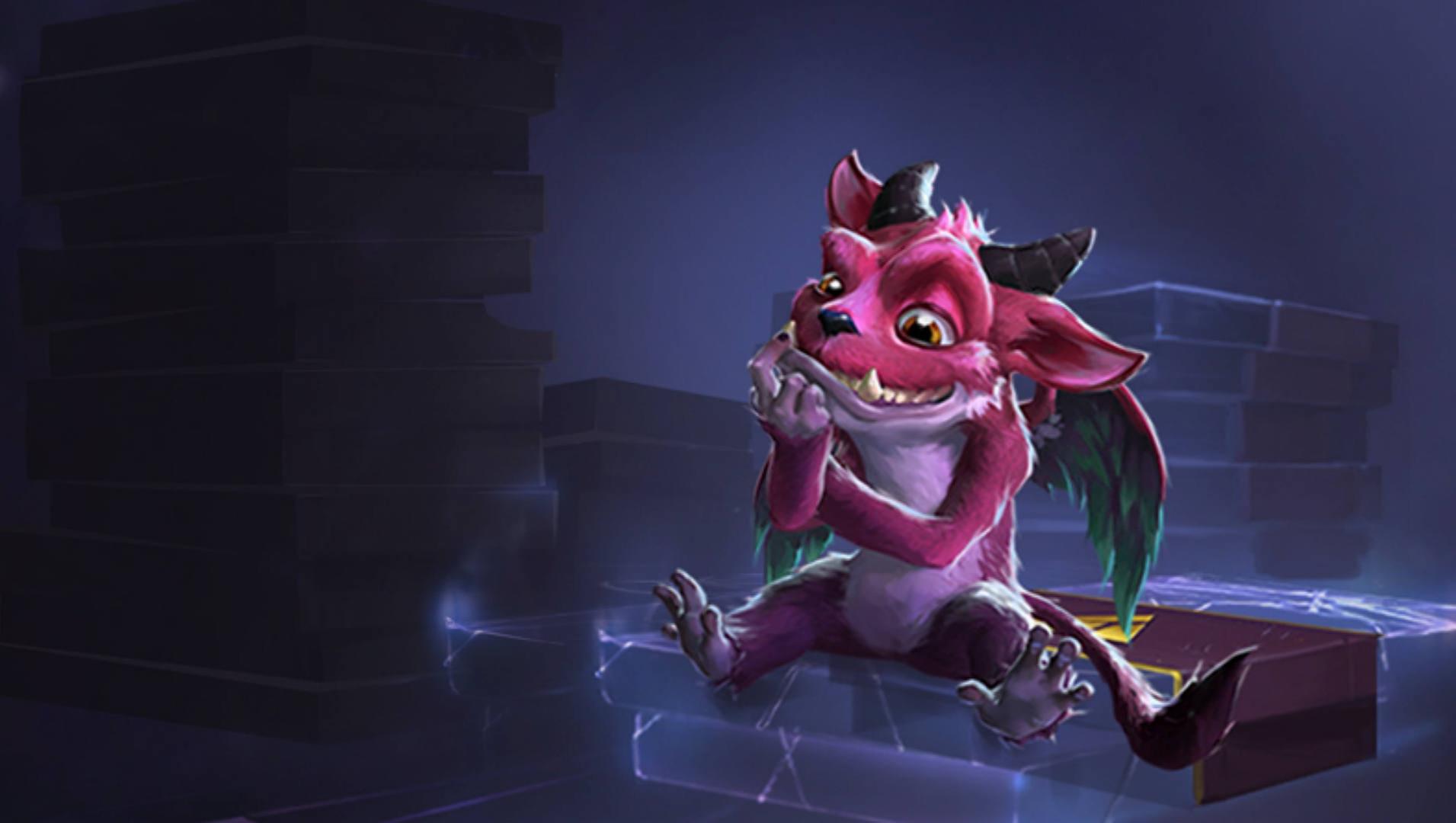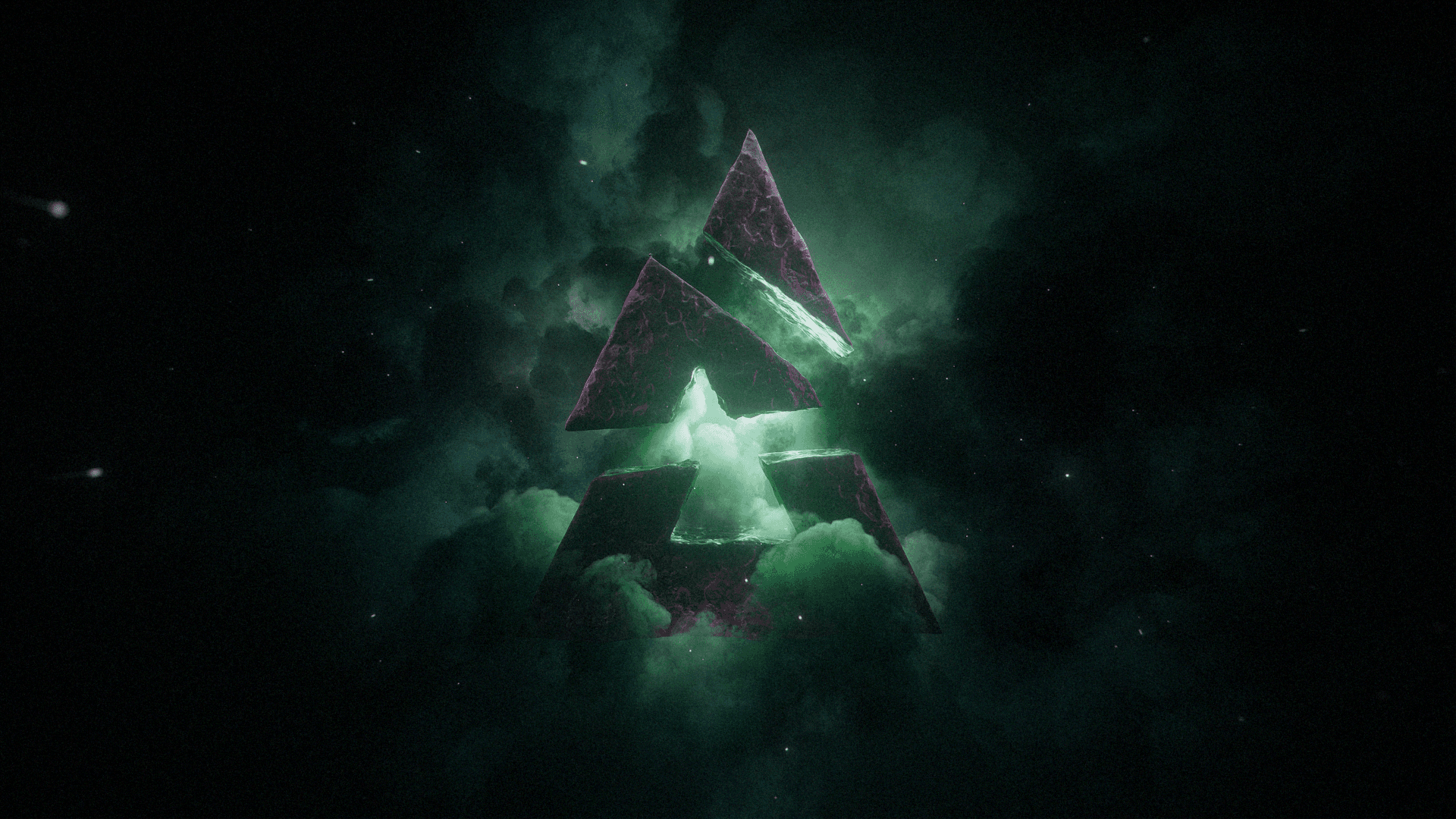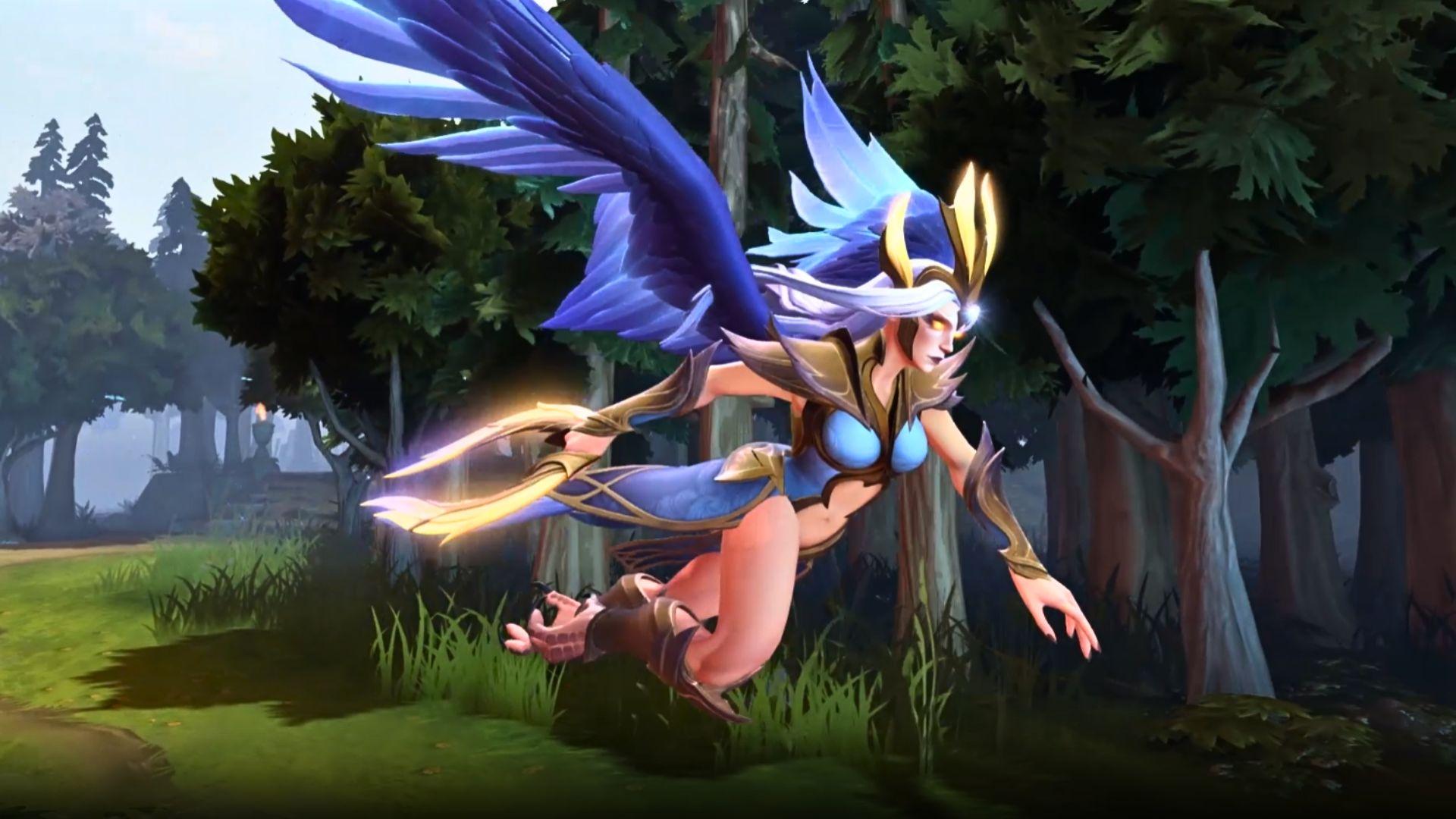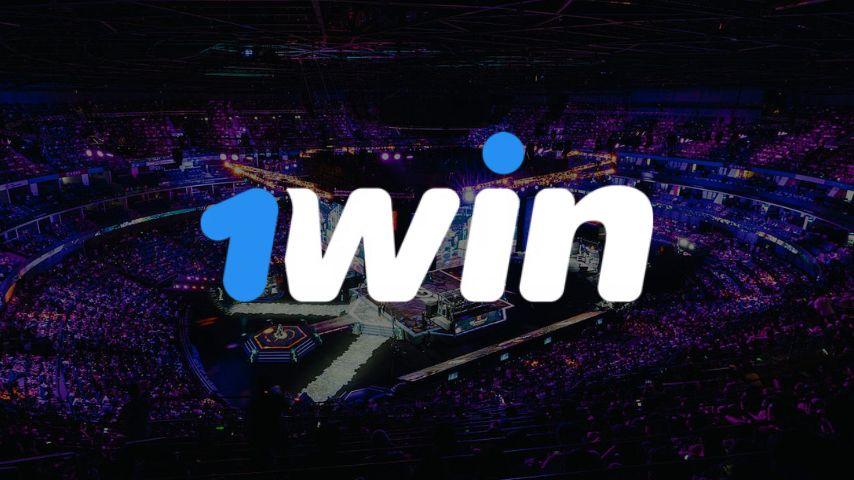
Valve officially kills Artifact development, makes game F2P
Dota 2 spin-off Artifact is officially dead.
After 18 months of live development on Artifact 2.0, Valve is ending its attempts to salvage the digital card game. Both the original Artifact and Artifact 2.0, now renamed Artifact Classic and Artifact Foundry respectively, will remain playable, but no further updates will come for either version of the game.
“It’s now been about a year and a half since the current Artifact team began work on a reboot in earnest. While we’re reasonably satisfied we accomplished most of our game-side goals, we haven’t managed to get the active player numbers to a level that justifies further development at this time,” Valve said in a post on Artifact’s official website.
The Future of Artifacthttps://t.co/icBVxVtMRP
— Artifact (@PlayArtifact) March 4, 2021
With Valve calling it quits on Artifact, the publisher is making the games free-to-play at every level. Both Artifact and Artifact Foundry are now free to play on Steam, though cards are earned in different ways
All cards are now available for free on Artifact Classic. Early adopters will see their existing catalogs of cards turned into special “collector’s edition” variants, with future pack openings getting the same treatment. This will not be available for players who joined in the free-to-play era of the game.
In Artifact Foundry, the game will take on more of a traditional free-to-play model but without microtransactions. The game is free to download on Steam, but players need to actually play in order to unlock new cards. Packs will not be available for sale and the game will not have Steam Marketplace support.
Artifact may go down as a case study for video game failure
From start to finish, Artifact has been a catastrophic failure. The game’s teaser trailer was met with a mix of boos and laughter when it premiered at The International 2017 and things never really picked up from there.
The game was quietly released to generally positive reviews from critics but was widely panned by players due to its intense focus on microtransactions. That backlash saw decent early sales followed by the evaporation of Artifact’s player base. Just seven months after its release, Artifact’s player base was averaging in just the double digits for concurrent players. Rather than make any changes, Valve seemingly forgot about the game entirely, with its social media channels and blog going dark for months.
It wasn’t until March 2019 that Valve gave an update, offering little information beyond acknowledging that the game’s launch was a catastrophic failure. The only other news surrounding Artifact during that time was news that its creators had been laid off by Valve and that a number of trolls had co-opted the game’s category on Twitch to run various sorts of inappropriate content.
Valve began efforts to salvage the game in 2020 by starting the development of Artifact 2.0. Updates came regularly for a time, but became less frequent as the months wore on.
With Artifact officially dead, the game leaves behind a legacy that encapsulates all of the worst tendencies of Valve. From the nickel-and-diming of fans that started in Team Fortress 2, to the poor communication and community management that has undermined the growth of Dota 2 and Counter-Strike: Global Offensive, Artifact hit all of the worst possible notes.
The question now isn’t whether Valve will learn from these mistakes, it’s how long until Valve sticks a fork into the Dota Underlords 2.0 beta.
Recommended

BLAST entering Dota 2 esports with five tournaments
“We have plans that Dota fans haven’t seen before.”

Dota 2 Crownfall update: What’s new?
Exciting, but no Ringmaster.

1win accuses ESL One Birmingham of favoring OG after Visa issues
“Not the Visa curse.”







